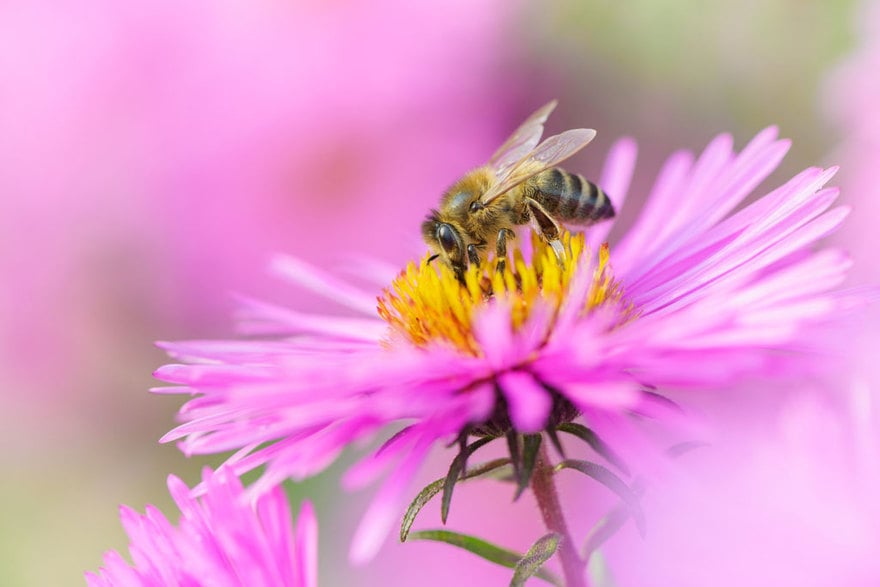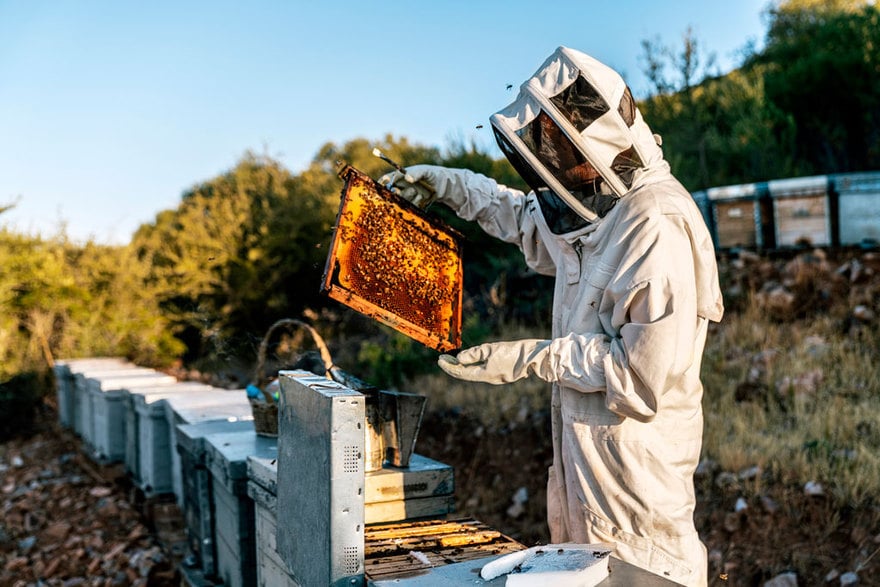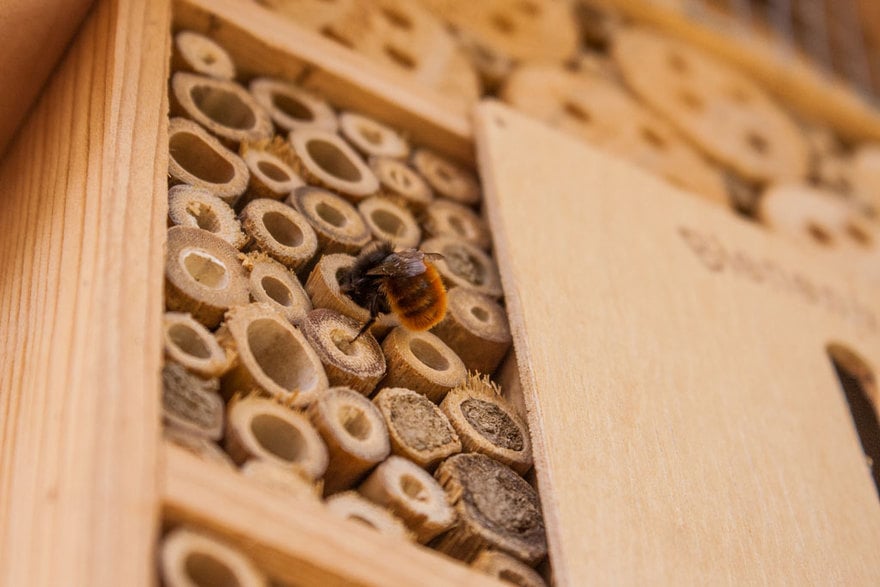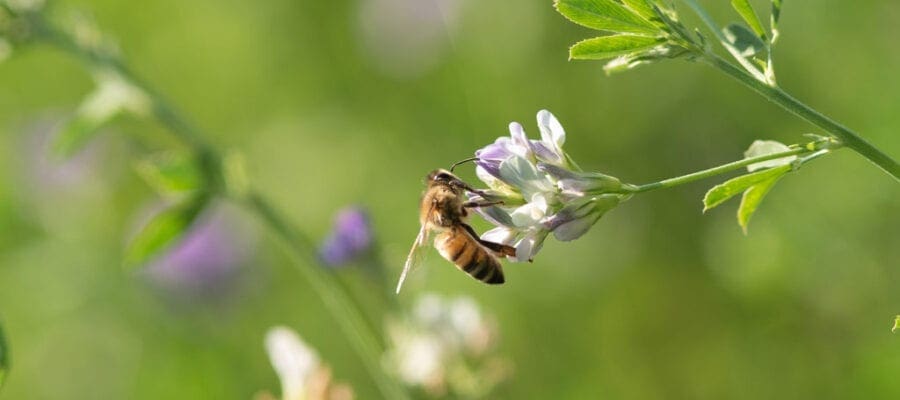We’ve all heard the rhetoric of ‘Save the bees’ time and time again over the years and that statement is as important now as it’s ever been.
They may not be everyone’s favourite critter, but they play an undeniably important role to our ecosystems.
Unfortunately, many of our vital bee colonies have been dying out; the decline starting as far back as the 1940s. Scientists have tried to understand the reasoning behind this decline, including bacteria, loss of habitat and pollution, however they have yet to discover a definitive answer.
Bees pollinate our plant life and with crop pollination at it’s highest demand, fewer bees can mean a big impact in the long run when it comes to the food we eat and the flowers we grow.
Despite this, there’s still plenty that can be done to help protect our little friends. Here’s five ways you can protect the bees.

Get growing
If you have a garden, allotment or even a window box, planting flowers or vegetables is a great way to provide food and a habitat for bees. Pollinating plants are the most ideal, as they are loaded with sugars, vital to a bee’s diet. So, they get food and you get healthy plants. Win, win!
Axe the pesticides
Many of us have become a little too reliant on pesticides and other chemicals, which may be a contributor to the declining bee population. Reducing the amount of chemicals in the environment is simple. Make sure you buy organic produce as much as you can and reduce your own use of herbicides and insecticides.

Go local
It goes without saying that supporting your local businesses is a great thing, especially when it comes to honey from local beekeepers. Buying local honey helps beekeepers save bees through funding. It also means less air and road miles too, thus reducing pollution that could be harmful to bees.
Build a Bee home
There’s many kinds of bees and each one requires a certain habitat. Bumblebees need a small box with two rooms. One filled with wood shavings for the queen and the other would need an empty compartment for the rest of the bees. They may also nest in tussocks of grass. There’s information all over the place about the kind of habitats each bee requires and through making them, bees will be encouraged to plant safe roots near your flowers.

Get the word out
There’s no better way to help protect the bees than getting the word out there. Tell your family and friends, get involved in your local community and share what you know about the vital role that bees have to our plant life. Do whatever you can to enlighten those around you.





